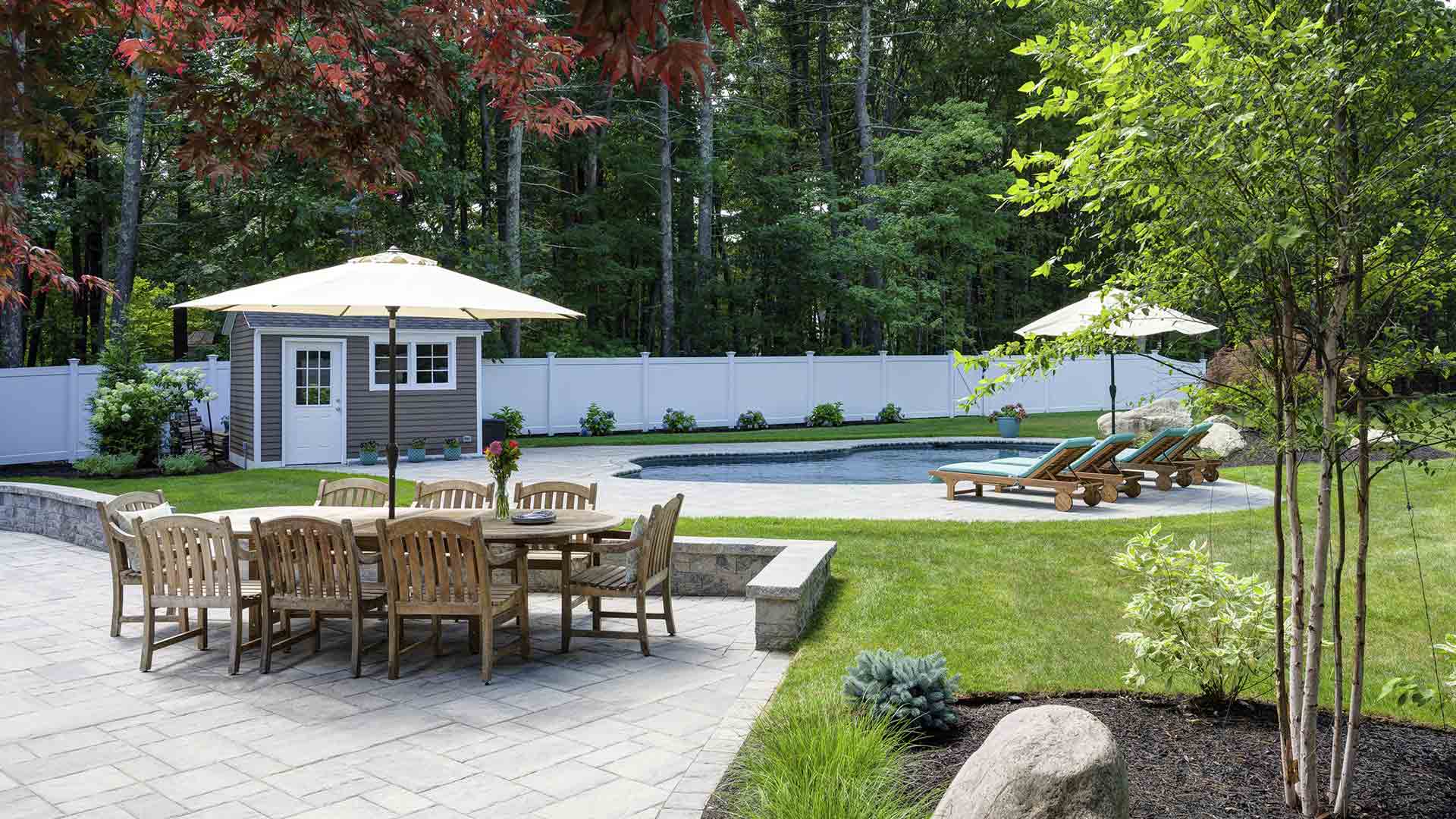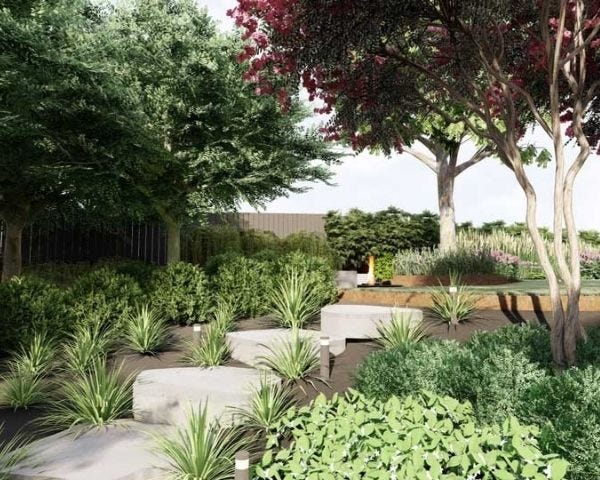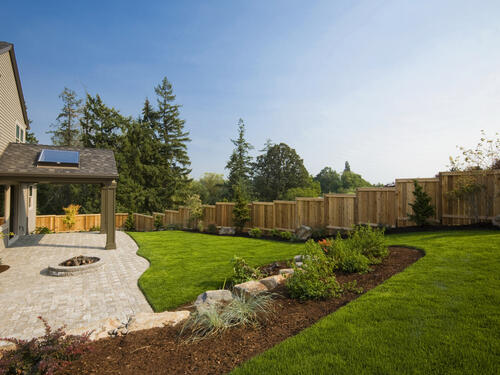The 30-Second Trick For Landscape Design
The 30-Second Trick For Landscape Design
Blog Article
Some Known Details About Landscape Design
Table of ContentsWhat Does Landscape Design Mean?The Best Strategy To Use For Landscape DesignWhat Does Landscape Design Do?Some Known Details About Landscape Design
Typical Japanese gardens are designed for tranquility and peaceful. They are greatly affected by Buddhist, Shinto, and Taoist concepts and seek to give a spiritual place for individuals (Landscape Design). < It is widely known for its native American and Spanish details, which add to the overall simplicity, performance, and low upkeep landscapeA backyard cooking station is the very best alternative for cooling and barbecuing. It will save power by maintaining the interior air cooler in the summertime. They are also an excellent method to keep people entertained. Visitors can gather and chat by the grill while the food is being grilled or cooked outdoors.

Your outside living area might expand even larger if a deck is added (Landscape Design). It provides area for a grill, plants, and other things that were previously located in your lawn. Making your backyard kid-friendly is a superb way to urge your kids to invest more time outside, delighting in the sunshine and fresh air.
Excitement About Landscape Design

The 5 actions of the style procedure include: 1) conducting a site inventory and evaluation, 2) determining your needs, 3) developing useful representations, 4) developing conceptual style plans, and 5) drawing a final style plan. The initial 3 actions develop the visual, functional, and horticultural requirements for the style. The last 2 actions after that use those demands to the development of the last landscape plan.
This is a vital action for both plant choice and placement and finding family activities and features. It is essential because the very same environment conditions that influence the plantstemperature, humidity, rainfall, wind, and sunlightalso influence you, the individual. The following step is to make a checklist of your demands and desiresthis helps you determine how your backyard and landscape will certainly be utilized.
The functional representation is then utilized to locate the activity areas on the site and from this layout a conceptual strategy is developed. The last step is a last style that consists of all the hardscape and planting information that are required for installation. Throughout the layout process there are ten vital points to think about: for plant selection and task location by considering what you desire and require to aid establish shapes and click resources arrange spaces by assigning task areas and connecting with components for both the environment and the customer by using massing and layering methods such as change areas and prime focus in the materials, the colors, and the surface area textures for the development and maintenance of plants by utilizing lasting layout methods A comprehensive stock and analysis of the site is necessary to identify the environmental conditions for plant growth and the very best use the website.
5 Simple Techniques For Landscape Design
It is always best to utilize plants that will thrive in the existing dirt. Where plants expand well, note the dirt conditions and make use of plants with comparable expanding demands.
Topography and drainage should additionally be kept in mind and all drain problems dealt with in the suggested layout. A great layout will relocate water away from the house and re-route it to other locations of web the yard. Climate concerns start with temperature: plants need to have the ability to make it through the average high and, most significantly, the ordinary low temperatures for the region.
Sun/shade patterns, the quantity and length of exposure to sunlight or shade (Number 1), produce microclimates (sometimes called microhabitats). Recording site problems and existing plants on a base map will expose the location of microclimates in the backyard. Plants normally fall under one or 2 of 4 microclimate categories-full sunlight, partial color, color, and deep color.
Figure 1. Sun and shade patterns. Credit Rating: Gail Hansen, UF/IFAS It is important to keep in mind all the existing conditions on an accurate base map when doing the site inventory (Figure 2). Utilities such as power lines, sewage-disposal tanks, below ground energies and roof overhangs identify plant place. Make use of a property surveyor's plat of your residential or commercial property for the limits and area of your home.
The Single Strategy To Use For Landscape Design
Budget concerns include the materials, first installation prices and the on-going upkeep prices. Establish the moment and money you agree to put into preserving the plants and hardscape-be sensible regarding your intents and capability. Number 3. Present use locations. Credit History: Gail Hansen, UF/IFAS Figure 4. Proposed usage locations. Credit: Gail Hansen, UF/IFAS There are various landscape layout motifs- from basic to complex, yet it is practical to select one to lead your plant and product selection.
Many individuals find it practical to search in horticulture publications and publications for ideas. This is an excellent begin, yet know that the gardens in the photos were picked since they are superior examples. Take a look at the photos with an essential eye to gather ideas that you can adapt to your passion level, your budget plan and your site.

Report this page